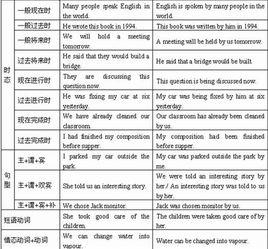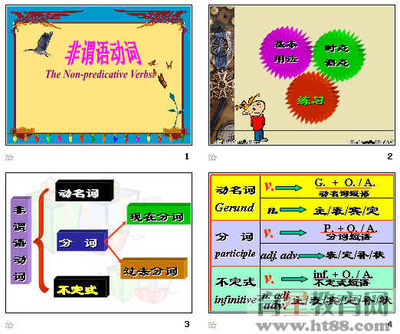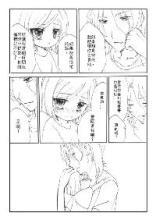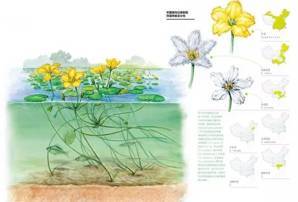动词的一种。也称“自动词”、“内动词”。不能带宾语的动词和能带施事宾语的动词。如:“游行、睡觉、带头、躺、来”等。词典里词后标有vi(全称intransitive verb)。的就是不及物动词。及物动词:词典里词后标有vt等(transitive verb)。不及物动词后不能直接跟有动作的对象(即宾语)。若不及物动词后要跟宾语,必须先在其后添加上某个介词,如to,of,at后方可跟上宾语。具体每个动词后究竟加什么介词就得联系动词短语了。实义动词分为及物动词和不及物动词两类。
及物动词_不及物动词 -与汉语的比较
不及物动词
有时英语动词的及物和不及物的用法,与汉语的用法不一样,请注意下列两种情况:
a)有的动词在英语里只能用作不及物动词,而汉语则可用作及物动词,如arrive到达,agree同意,listen听。英语里这些动词后面常接介词。
如:
We arrived at the railway station at noon.
我们于中午到达火车站。(at不能省去)(比较:We reached the railway station at noon.)
Everybody listened to the lecture with great interest.
每个人都很有兴趣地听讲课。(to不可省去)(比较:Weallheardthelecture.)
Do they agree to the plan?他们同意这个计划吗?(to不可省去)
b)有的动词在英语里能用作及物动词,而在汉语里则不能用作及物动词,如serve为…服务。
Our children are taught to serve the people whole heartedly.我们的儿童被教以全心全意为人民服务。
及物动词后可以加宾语,不及物动词后不可以加宾语。
动词的及物不及物是在英语学习中必须解决的首要问题。动词及物与不及物通常有以下几种情况:
a.主要用作及物动词。及物动词后面必须跟宾语。可以用于:“主+谓+宾”;“主+谓+双宾”;“主+谓+宾+宾补”结构。如:
He reached Paris the day before yesterday.
Please hand me the book over there.
They asked me to go fishing with them.
类似的还有:buy,catch,invent,found,like,observe,offer,prevent,promise,raise,find,forget,receive,regard,see,say,seat,supply,select,suppose,show,make,take,tell
b.主要用作不及物的动词。不及物动词后面不跟宾语。只能用于:“主+谓”结构。
This is the room which I once lived in./This is the room in which I once lived./This is the room where I once lived.
类似的还有:agree,go,work,listen,look,come,die,belong,fall,exist,rise,arrive,sit,sail,hurry,fail,succeed,get,feel,keep,look,make,prove,remain,rest,rise,seem,stand,stay,turn,turnout

c.既可以用作及物又可以用作不及物的动词,其意义不变。如begin都是作“开始”讲。everybody,ourgamebegins.letusbeginourgame.类似的还有:start,answer,sing,close,consider,insist,read,learn,prepare,pay,hurt,improve
d.既可以用作及物又可以用作不及物的动词,其意义完全不同。
这类动词作不及物动词是一个意义;而作及物动词时却是另一个意义。如lift作不及物动词时是指烟雾的"消散"。we saw the mountain when the clouds lifted.作及物动词时是“升高;举起”。
He lifted his glass and drank.
 爱华网
爱华网


